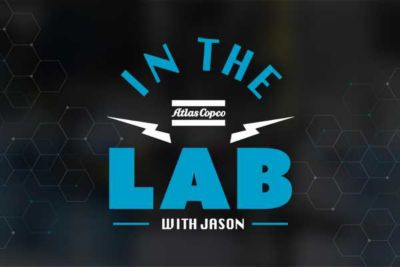Clamping force
Compressive force that the bolt exerts on the joint materials, also called clampload.
Preload
Tension force that is generated in the bolt.
Axial load
Applied force in the same direction as the axis of the bolts.
Transverse load
Applied force to the joint that is perpendicular to the bolts.
Friction
Resistant force to materials moving against each other.
Torque
Resistant force to materials moving against each other.
Prevailing torque
The amount of torque required to run down a screw or bolt, typically associated with a lock-nut or thread forming screw.
Residual torque
The amount of torque remaining in the joint after tightening.
Static breakaway torque
The amount of torque required to turn the fastener after it has been tightened, usually in the tightening direction.
Relaxation
A loss of clampload in a joint after tightening.
Embedment
A cause of relaxation attributed to high surface pressure in hard surfaces, most apparent in hard joint with multiple hard layers. Relaxation associated with embedment typically stabilizes quickly (less than 0.2 seconds).
Creep
A cause of relaxation attributed to soft materials under high pressure that slowly flow material away from the joint. Can take longer periods of time than embedment losses.
Stress
Force per unit area e.g. Newtons per square millimeter or pounds per square inch.
Strain
Change in length compared to original length.
Elastic area
The region of the angle-torque curve in which the material returns to the undeformed state when applied forces are removed.
Plastic area
The area in which the material deforms permanently.
Yield point
The point separating the elastic from the plastic area.
Snug
The point at which the components of a bolted joint are contacted together and torque starts to build.
Hard joint
The plates and material between the nut and bolt bearing surfaces have a high stiffness. Usually defined as hard if the bolt is tightened to its full torque and it rotates through an angle of 30 degrees or less after it has been tightened to snug.
Soft joint
The plates and material between the nut and bolt bearing surfaces have a low stiffness. This usually has to be tightened by two or more complete turns, after it has been torqued to snug.





